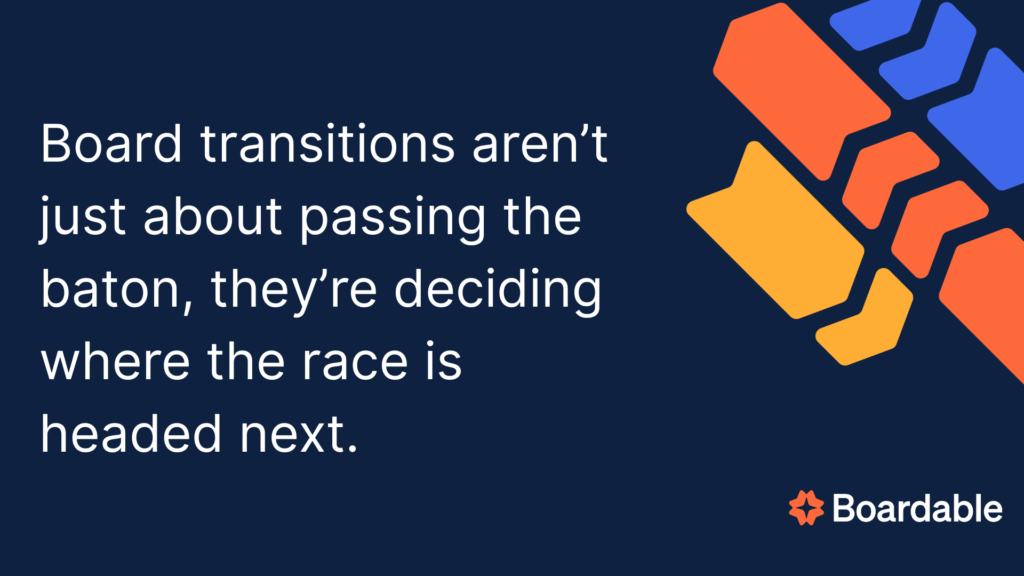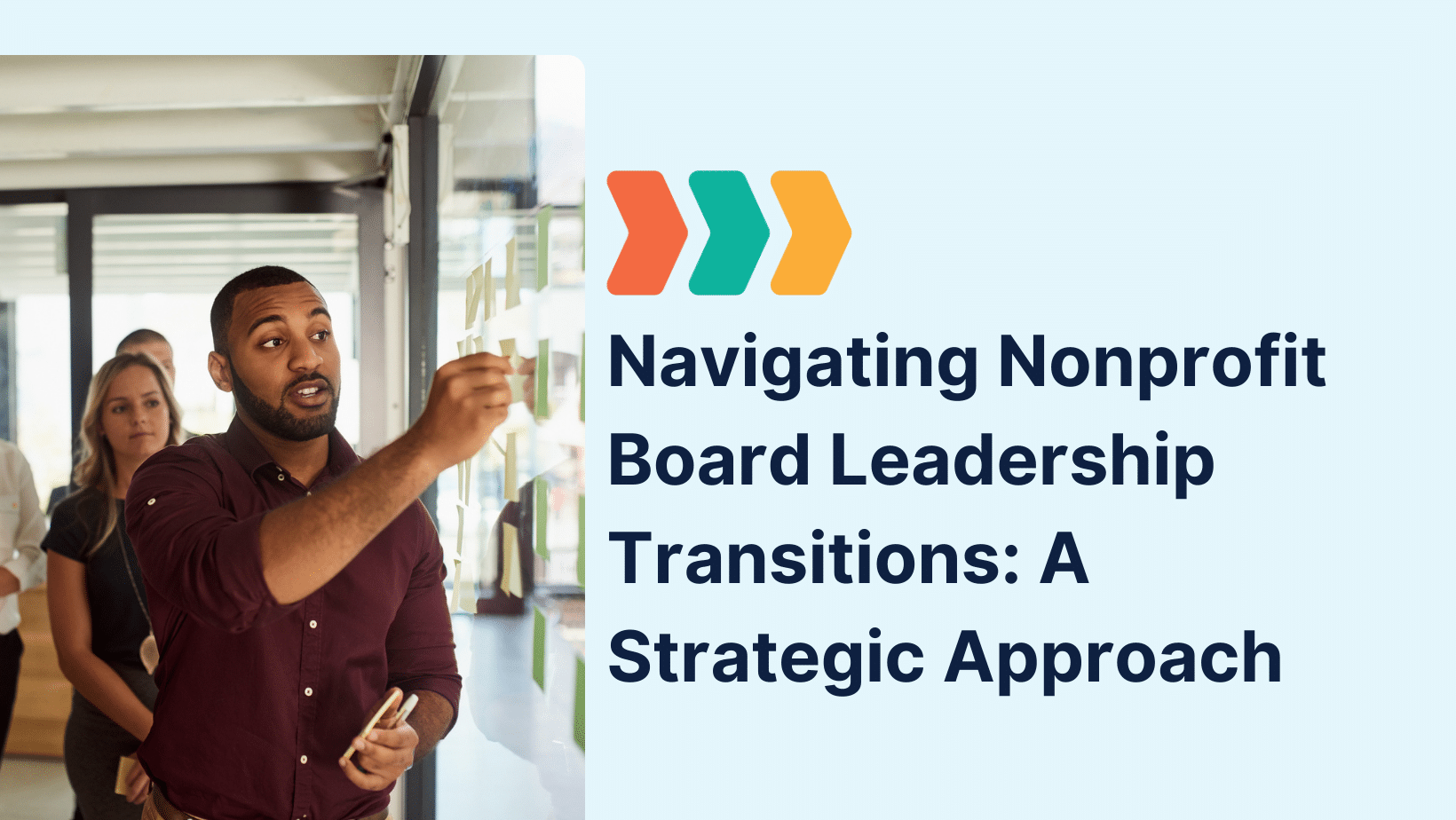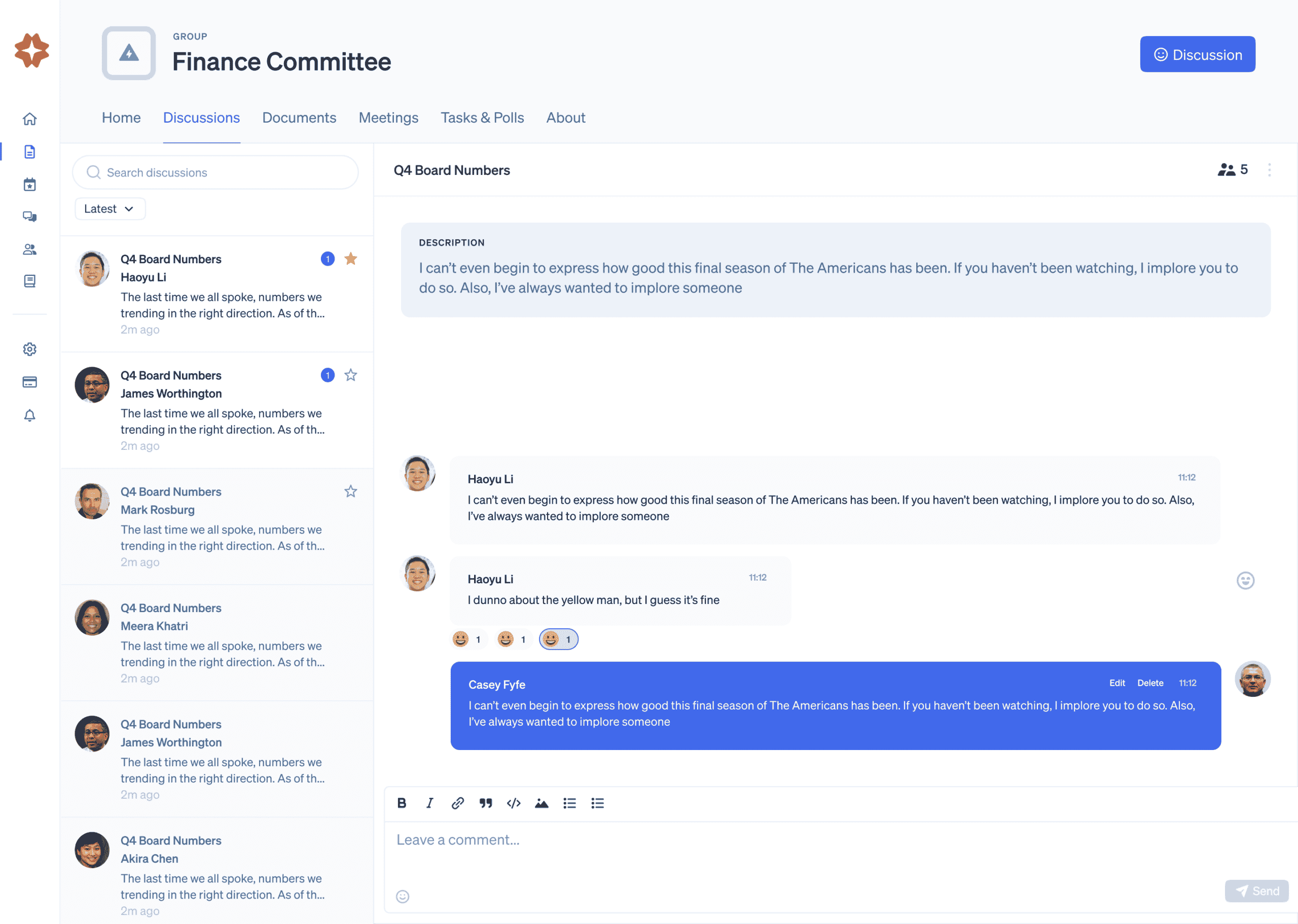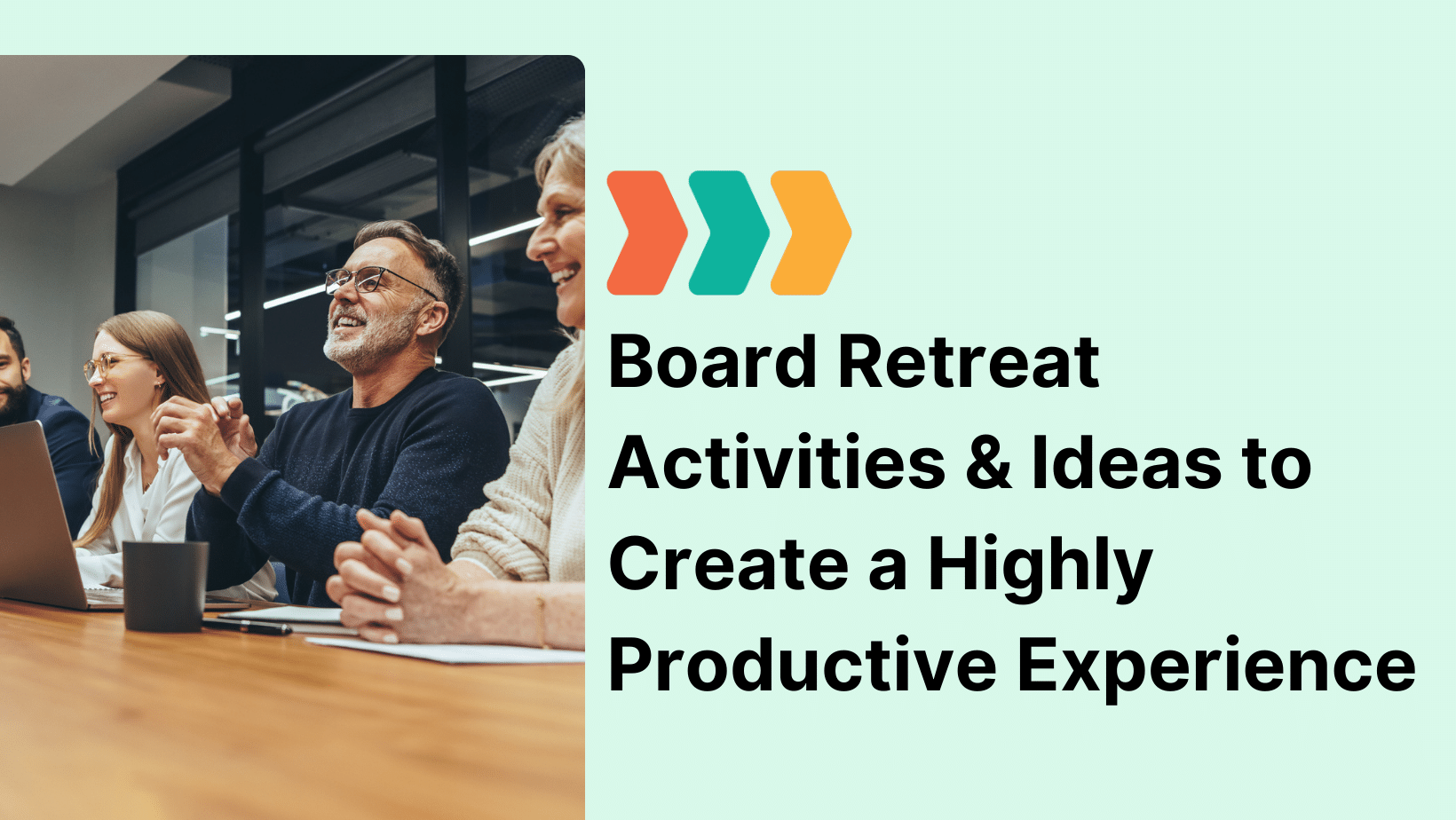Nonprofit board leadership transitions are inevitable, yet they are often treated as afterthoughts rather than pivotal moments that shape the organization’s future. Whether it’s changing the board chair or preparing a broader officer succession plan, these shifts can either disrupt momentum or become a catalyst for renewed energy and strategic growth. Here’s how nonprofits can proactively manage board leadership transitions to ensure continuity, stability, and mission alignment.

The High Stakes of Leadership Transitions
Leadership change, especially at the board level, can ripple through every facet of a nonprofit. A nonprofit board leadership transition doesn’t just mean swapping names on letterhead — it can influence fundraising relationships, strategic initiatives, and the board’s collective morale.
When transitions are poorly managed, organizations risk losing institutional memory, weakening governance, and creating uncertainty among stakeholders. On the other hand, a well-orchestrated leadership change can invigorate the board, bring fresh perspectives, and strengthen governance practices.
Building a Succession Plan for Officer Roles
The foundation for a smooth transition is a thoughtful and documented officer succession plan for nonprofits. This isn’t merely about identifying who might take over a leadership role in the future, but about creating a pipeline of prepared and engaged board members.
Effective succession plans should:
- Identify leadership competencies aligned with strategic goals
- Create leadership development opportunities (e.g., mentorship, committee chairs)
- Use term limits strategically to promote renewal without abrupt disruptions
- Establish clear timelines and responsibilities for leadership transitions
A succession plan shows funders, staff, and board members that the organization is a forward-thinking and resilient.
Preparing Outgoing Leaders for a Graceful Exit
One of the most overlooked elements of a nonprofit board chair transition is the offboarding of the outgoing chair or officers. A graceful exit not only honors the departing leader’s contributions but also sets a positive tone for new leadership.
Key practices include:
- Hosting a recognition event or written acknowledgment
- Documenting key accomplishments and challenges
- Ensuring knowledge transfer (e.g., one-on-one sessions, written handovers)
- Inviting the outgoing chair to serve in an advisory role temporarily
Transitioning out of leadership can be emotional. Preparing leaders for this step can help them disengage positively and support their successors.
Supporting Incoming Chairs & Officers
Changing the board chair can feel daunting for the person stepping into the role. To support success from day one:
- Provide a robust onboarding process, including governance documents, board expectations, and a leadership calendar
- Facilitate introductions with key stakeholders, including staff and community partners
- Offer peer mentorship with past chairs or external leadership coaches
This early investment in leadership development will pay dividends in how effectively the new chair leads and inspires the board.
Maintaining Continuity with Staff and Stakeholders
During leadership transitions, consistent communication is critical to reassure internal and external stakeholders. The executive director/CEO and board chair should collaborate closely to:
- Announce the transition clearly and transparently
- Align on messaging and timing with staff and major funders
- Maintain regular board-staff touchpoints to preserve relationships and morale
Continuity of mission and message is paramount, especially if the board chair plays a public-facing role or has long-standing relationships in the community.
Tools that Support Smooth Leadership Transitions
Digital tools and checklists can streamline transitions and ensure nothing falls through the cracks. A nonprofit board chair transition checklist can be an indispensable resource, covering:
- Timeline for transition communications
- Documentation and file transfers
- Introductory meetings with staff and stakeholders
- Training or orientation sessions
Boardable offers centralized document storage, meeting management tools, and board evaluations that can be especially helpful during times of change. Utilizing technology can add structure and transparency to what is often a fluid process.
Leadership changes don’t have to be stressful. With proactive planning, clear communication, and the right tools, nonprofit board leadership transitions can become a hallmark of strong governance. Whether your organization is on the cusp of changing board chairs or preparing an officer succession plan, intentionality today will build a stronger, more adaptive board tomorrow.




